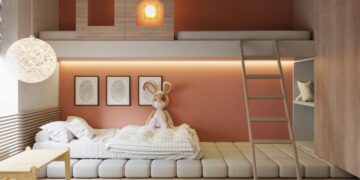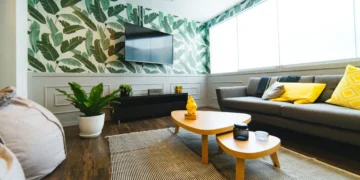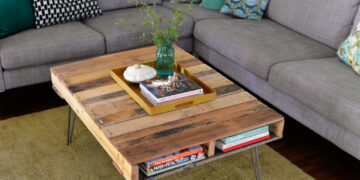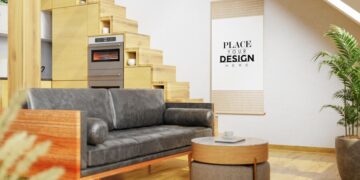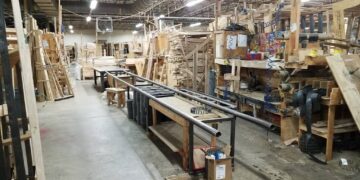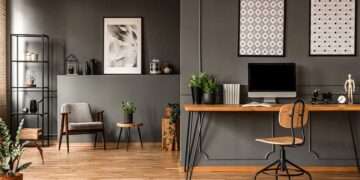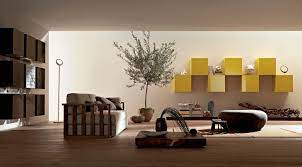In today’s world where space is at a premium, modular and transformable furniture is becoming increasingly popular. In this article, modular furniture is designed to be versatile and flexible, allowing users to rearrange it in different configurations to suit their needs. Transformable furniture, on the other hand, is designed to transform from one piece of furniture to another, such as a sofa that converts into a bed.
Modular and transformable furniture offers numerous benefits, from saving space and money to improving flexibility and creativity. In this article, we will explore the benefits of modular and transformable furniture in detail.
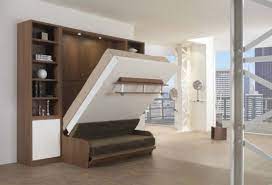
1. Space-Saving:
One of the most significant benefits of modular and transformable furniture is its space-saving capabilities. As mentioned earlier, space is becoming increasingly scarce in many areas, and people are looking for ways to make the most of the space they have. Modular furniture can be rearranged in different configurations, allowing it to fit into tight spaces and awkward corners.
Transformable furniture is also space-saving, as it can serve multiple functions in one piece. For example, a sofa bed can be used as a comfortable seating area during the day and then quickly converted into a bed at night.
2. Cost-Effective
Modular and transformable furniture can be more cost-effective than traditional furniture. While the initial investment may be higher, the versatility of the furniture means that it can be used for multiple purposes, reducing the need to purchase additional furniture.
For example, a modular shelving system can be reconfigured into different shapes and sizes, eliminating the need to purchase new shelves when the user’s needs change. Similarly, a transformable table that can be adjusted to different heights can serve as a coffee table, dining table, or workspace, reducing the need to purchase multiple tables.
3. Flexibility and Creativity
Modular and transformable furniture offer users flexibility and creativity in how they use their space. The versatility of modular furniture means that users can customize their furniture to suit their needs and preferences. For example, a modular seating system can be arranged in a variety of ways, from a traditional sofa to a sectional or chaise lounge.
Transformable furniture also encourages creativity, as users can experiment with different configurations and transformations to find the most effective use of their space. This flexibility and creativity can lead to a more personalized and comfortable living space.
4. Environmentally Friendly
Modular and transformable furniture can also be more environmentally friendly than traditional furniture. Modular furniture can be disassembled and reconfigured, allowing users to repurpose their furniture rather than throwing it away. This can help to reduce waste and extend the life of the furniture.
5. Transformable furniture
Transformable furniture can also be environmentally friendly, as it can serve multiple functions in one piece. This means that users can purchase fewer pieces of furniture, reducing the demand for new furniture and the resources required to produce it.
Conclusion
In conclusion, modular and transformable furniture offers numerous benefits, from space-saving and cost-effectiveness to flexibility and creativity. As more people seek to make the most of their living spaces, modular and transformable furniture is becoming increasingly popular.
Additionally, the environmental benefits of this type of furniture make it an attractive option for those concerned about sustainability. Ultimately, modular and transformable furniture provides a flexible and adaptable solution for those looking to maximize their space and improve their living environment.
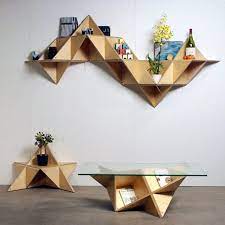
Source: Google Image.
Furthermore, modular and transformable furniture can also provide additional benefits such as mobility and accessibility. For example, modular furniture can be easily disassembled and moved, making it ideal for those who move frequently or for those who need to relocate their furniture often, such as students or renters. Additionally, modular furniture can be designed to be easily accessible for those with disabilities, providing an inclusive living environment.
Transformable furniture can also offer accessibility benefits. For example, a sofa bed that can be easily transformed into a bed can be beneficial for those who have difficulty getting in and out of bed, such as the elderly or those with mobility issues.
Moreover, modular and transformable furniture can also enhance the aesthetic appeal of living space. The flexibility of modular furniture allows users to experiment with different colors,
materials, and textures, creating a unique and personalized look. Similarly, transformable furniture can add an element of surprise and novelty to a living space, making it more interesting and engaging.
In recent years, there has been a growing trend toward toward sustainable and minimalist living. Modular and transformable furniture aligns with this trend, as it allows users to live with less and make the most of their resources. This type of furniture is not only practical and functional but also aesthetically pleasing and environmentally conscious.
In conclusion, modular and transformable furniture offers numerous benefits that make it an attractive option for those looking to optimize their living spaces. From space-saving and cost-effectiveness to flexibility and creativity, this type of furniture provides a versatile and adaptable solution for modern living.
Additionally, the environmental and accessibility benefits make it an inclusive and sustainable option for those who prioritize sustainability and inclusivity. As more people seek to make the most of their living spaces, modular and transformable furniture will continue to be a popular choice for modern living.
When it comes to choosing modular and transformable furniture, there are several factors to consider. Firstly, it is important to consider the size and shape of the furniture, as well as how it can be reconfigured or transformed to suit different needs.
Secondly, the quality and durability of the furniture should be considered, as modular and transformable furniture often requires frequent reconfiguration, which can put additional strain on the joints and mechanisms. Thirdly, the style and design of the furniture should be considered, to ensure that it complements the existing décor and personal preferences.
Fortunately, there are many options available when it comes to modular and transformable furniture. From modular sofas and bookshelves to transformable beds and tables, there is a wide range of furniture available to suit different needs and preferences.
Additionally, many furniture designers and manufacturers are now incorporating sustainable materials and manufacturing processes, making modular and transformable furniture an even more attractive option for those concerned about sustainability.
In conclusion, modular and transformable furniture offers numerous benefits that make it an attractive option for modern living. Whether you are looking to save space, save money, enhance flexibility and creativity, or prioritize sustainability and inclusivity, modular and transformable furniture provides a versatile and adaptable solution.
As the world continues to evolve and change, modular and transformable furniture will continue to play an important role in helping people make the most of their living spaces.


